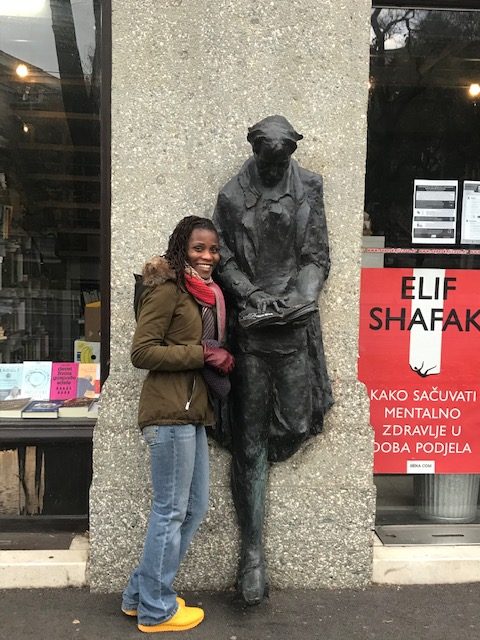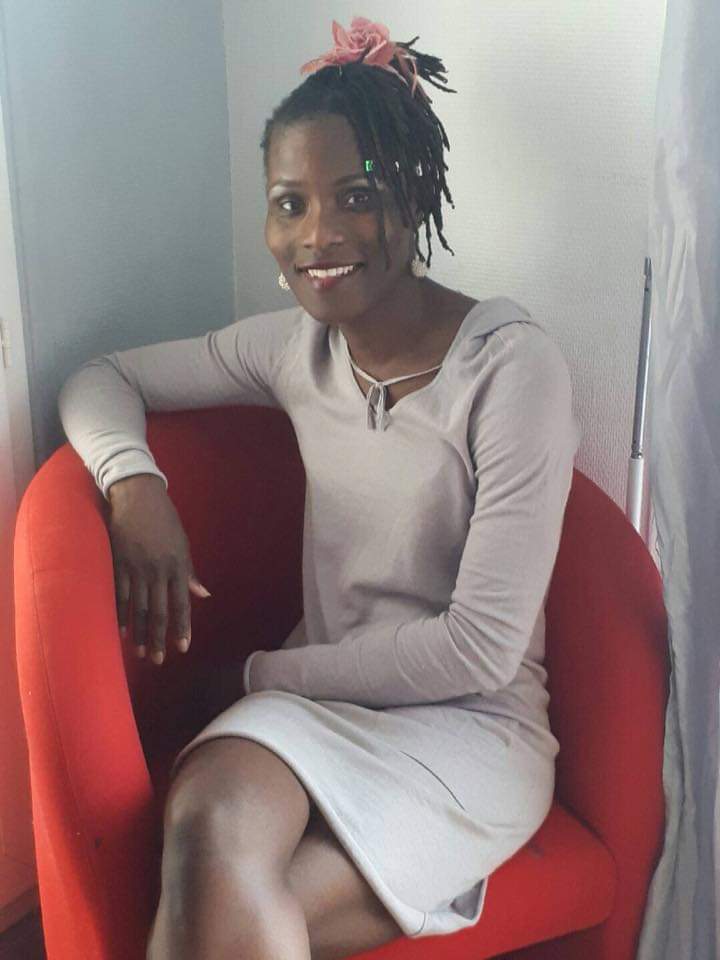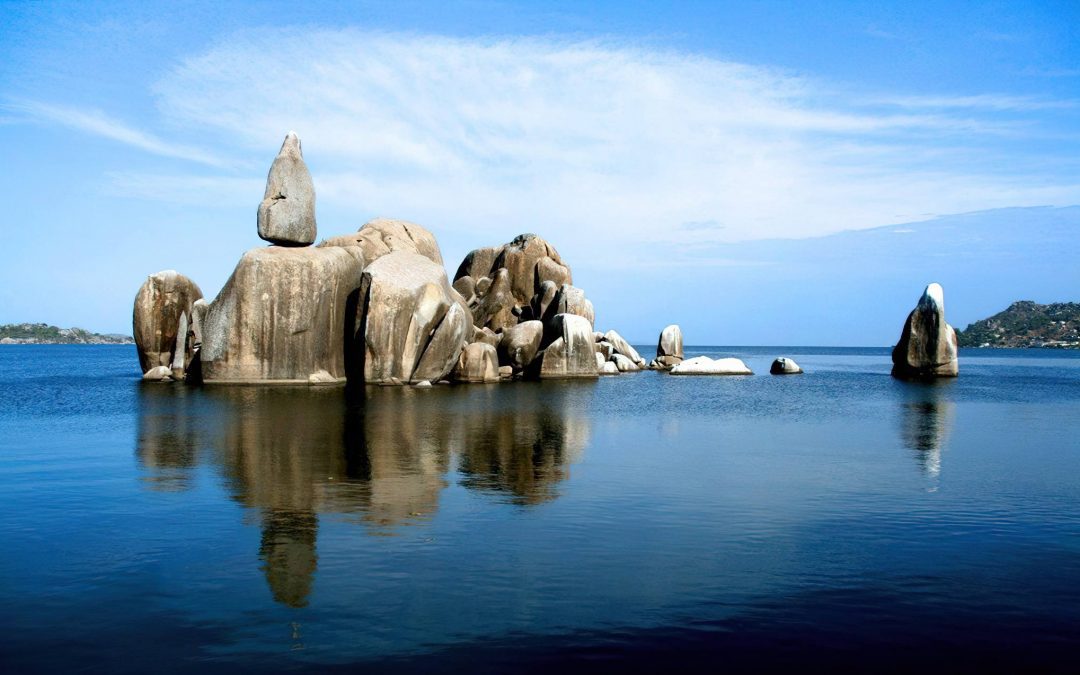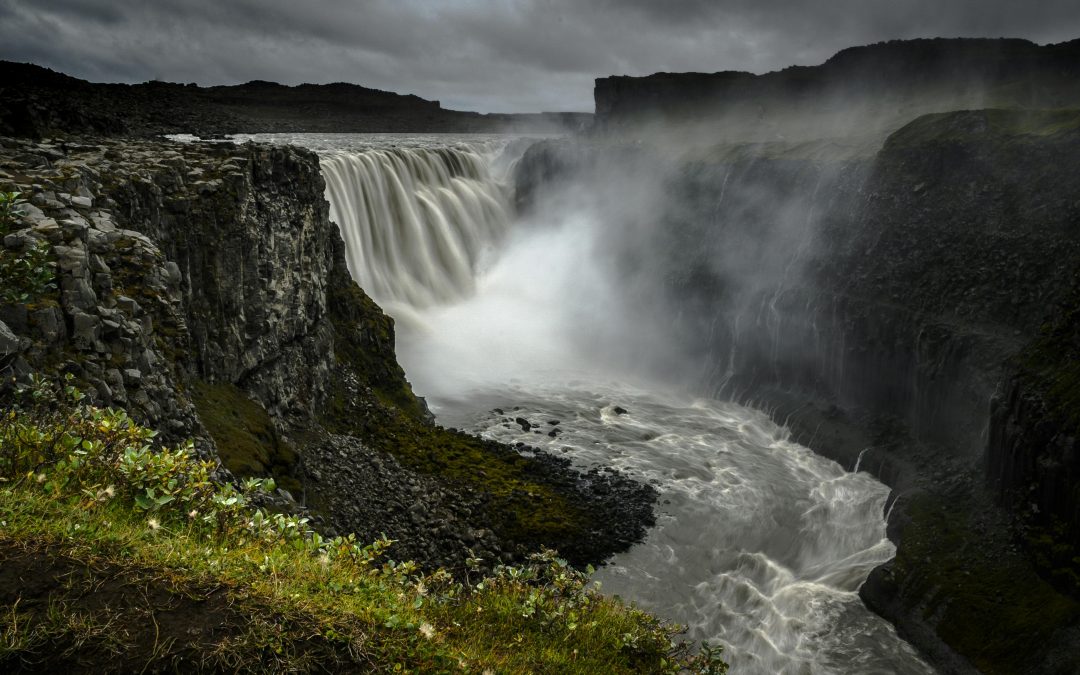
NACHTIGAL FALLS — CAMEROON
The river that prefers verbs
The Sanaga River doesn’t pose for pictures; it moves, insists, revises. An hour northeast of Yaoundé, where the road loosens its shoulders and the forest steps closer, the Sanaga rushes itself into a fanned‑out fury people call Nachtigal Falls—not a single plunge, really, but a series of wide rapids shouldering around basalt and islands, a loud conversation between water and rock. [ebubeleni.com], [elephantherd.co.za]
I came in the dry season, when access is easier and the riverbanks aren’t sulking under floodwater. In Batchenga, a market of pineapples and radio music, I found a driver with the right kind of Land Cruiser and the right kind of smile. We followed the Obala–Nanga Eboko road, good tarmac most of the way now, turned on the Ntui track, and soon met the river’s ferry—rusty, industrious, important. A handwritten sign pointed left: “Chutes de Nachtigal.” The last 500 meters you walk, feeling the ground under your boots begin to drum to the same tempo as the water you’re approaching. [ebubeleni.com]
A boy offered me a canoe and an orange life vest so faded it had memory. “We’ll keep a little distance,” he said, “but you’ll feel the breath.” He was right. The canoe nosed into the spray and the falls lifted the air; birds stitched lines along the mist, and the sun turned every droplet theatrical. They’re “rapids more than falls,” the local line goes, and—I learned—they’re best appreciated from the water if conditions allow and guides deem it safe that day. [ebubeleni.com]
History rides along (and looks over your shoulder)
The name is a colonial echo: Gustav Nachtigal, German explorer, 1884, wrote himself onto this reach of the Sanaga during his Cameroon circuit, and the cartographers followed. It is odd and common, this habit of names. Locals are gracious about it, but the river is older than all of us, and it shows. [ebubeleni.com]
Today a different history edges the skyline downstream: the Nachtigal Hydroelectric scheme, a major run‑of‑river project designed to add 420 MW of capacity and, when fully commissioned, supply close to 30% of Cameroon’s electricity. You glimpse the works from certain vantage points: the geometry of human ambition against the river’s muscular language. Whatever your view on dams, the project is a fact of the landscape now—commissioning began in 2024, with final commissioning slated for 2025—and it shapes local conversation. Guides talk about jobs, roads, future power reliability, and environmental safeguards in the same breath. [bushwak.com], [greater.kr…park.co.za]
How to hear the Sanaga
We paddled toward the safest eddy and drifted while whitewater licked the basalt ledges in sheets. The falls are broad rather than tall, which does something interesting to your attention: you scan, not stare. A pied kingfisher executed its hover‑and‑drop routine like it was paid to, and a cormorant weighed its options on a blackened branch. Far off, the Batchenga bridge carried a ribbon of traffic that did not know how golden the light was on the water just then. “This is where we come to fix our heads,” my guide said, paddling with even strokes. “You leave and the city has fewer sharp places.” [elephantherd.co.za]
On land, a narrow footpath threads along boulders to several viewpoints. The Sanaga speaks a different register from each: a thunder with bass, a sibilant onrush, a cavern‑like hush in the lee of a rock wall. Dry‑season footing is fairly secure; in the rains, the river reclaims the margins and the route becomes dangerous or impassable. Local operators recommend dry months not just for comfort but for safety and visibility. [ebubeleni.com]
Day One: Batchenga to the ferry, then the first breath of spray
08:00 – Leave Yaoundé after an early breakfast. The capital exhales into hills patched with banana and plantain; traffic thins after Obala. Road improvements have made the approach straightforward (though a high‑clearance vehicle is still a good idea for the last stretch).
10:30 – Batchenga ferry on the Sanaga. Watch the choreography—motorbikes, chickens, sacks of cassava. Crossing the river costs a handful of CFA francs (have small bills) if you choose to go over; otherwise, you can reach the viewpoints from the near side as well.
11:00 – Trailhead to the falls (look for the brown tourism sign). Walk the last ~500 m; the sound arrives before the view.
11:30 – Canoe circuit (weather/river permitting). Put on that life vest; stay seated. Local boats can be tippy; good operators know where not to go.
13:00 – Picnic under the shade; pack out everything you brought in. [ebubeleni.com]
Safety, seasons, and the common‑sense kit
- When to go: Dry season (roughly November–February) is the sweet spot for access along the riverbanks and safer vantage points. In the rains, trails can vanish and banks flood; the view shrinks and currents are markedly stronger. Local operators explicitly recommend the dry season for day tours. [ebubeleni.com]
- Canoe caution: Wear a life jacket and follow a licensed guide’s instructions. Canoes occasionally capsize; don’t bring valuables you aren’t prepared to get wet. If you’re not confident on water, view from shore. [ebubeleni.com]
- Footing: Closed‑toe shoes with grip; avoid slick algae‑coated rock.
- Sun & hydration: Hat, sunscreen, 2 liters of water per person.
- Leave no trace: The banks are tidy—keep them that way.
Visas, health, and etiquette — the shortcuts that save your day
Cameroon entry
- Visa: Cameroon now operates an e‑Visa system for most travelers. Apply online in advance; processing times vary. Requirements generally include valid passport, photo, itinerary, accommodation proof, and fees. Some travelers still arrange sticker visas through embassies; check which path applies to your nationality and the latest rules before you go. Yellow fever vaccination proof is mandatory; carry your International Certificate of Vaccination. [krugerpark.co.za], [safaribookings.com]
Etiquette essentials
- Greet first, ask later. In Cameroon, a warm greeting—“Bonjour/Bonsoir,” a handshake (right hand), and a quick “Ça va?”—is non‑negotiable before business.
- Respect elders and local hierarchies; titles like Monsieur/Madame or Papa/Mama are appreciated.
- Be indirect when refusing (try “Pas aujourd’hui” rather than a blunt “no”).
- Dress modestly in rural areas. Patience is a virtue and a plan. [snymansafaris.com], [yourafrica…safari.com]
Understanding the hydro story (without losing the magic)
Travelers invariably ask about the Nachtigal hydroelectric project. The quick sketch: a run‑of‑river, RCC gravity dam harnessing the falls area, seven 60‑MW turbines (420 MW), commissioning started in 2024, and a public‑private partnership with EDF, IFC, government, and others. The stated goal is cleaner, cheaper power and improved reliability, with environmental and social programs in the concession area. It’s close to 65 km NE of Yaoundé, exactly where you’ve come to listen to the river. Hold both truths in your head: the engineering marvel and the wild river’s mood. Then make time for both vantage points—a day with the water, and a read through current project updates. [bushwak.com], [greater.kr…park.co.za]
A traveler’s packing list tailored to Nachtigal
- Footwear: grippy trail shoes; sandals for the ferry.
- Clothes: light long sleeves, sun hat; a light rain shell in shoulder months.
- Waterproof bag for camera/phone on canoes.
- Cash (small CFA bills) for the ferry and guiding.
- Snacks; there are stalls in Batchenga but nothing at the falls.
- Offline maps; coverage is intermittent.
Combine it well: two‑day loop from Yaoundé
Day 1 – Nachtigal Falls (as above), back to Yaoundé by late afternoon; dinner of ndolé or soya skewers near Bastos.
Day 2 – City culture: Blackitude Museum (heritage arts), National Museum, a hilltop view from Notre‑Dame des Victoires. Then a late coffee and a walk in Mvog‑Betsi Zoo’s botanical side (if open). [kruger-2-k…lahari.com]
The moment I decided to stop talking
On my last pass in the canoe, we turned broadside to the flow, and the Sanaga exhaled a mist that settled on my forearms like a cool instruction. The boy at the stern—captain, really—dipped his paddle, not to steer but to listen with the blade. The falls were loud, yes, but there was a soft component under the whitewater, a tone you feel more than hear. He smiled. “You get it,” he said, which was generous of him. “Today the river is in a good mood.”
Up on the bank, a woman balanced a basket of oranges, her headwrap the color of late afternoon. She pointed at the spray and shook her head, amused at us. “Go home,” she said, kindly. “Tell them our river can sing.”
Sources & references
- Location, character of the falls (rapids), access pointers (Batchenga, Ntui track, ferry, 500 m walk), season & safety notes, canoe practice: Cameroon Adventures & Tours (local guidance post); GlobeSpots travel note. [ebubeleni.com], [elephantherd.co.za]
- Hydro project facts (capacity 420 MW, run‑of‑river, turbines, timeline 2024–2025, ~65 km NE of Yaoundé), ownership and PPP framing: Wikipedia (Nachtigal HPP); EDF Cameroun official project page. [bushwak.com], [greater.kr…park.co.za]
- Cameroon visa & e‑Visa requirements, yellow fever certificate: Cameroon e‑Visa portal explainer, Embassy of Cameroon (Washington) PDF. [krugerpark.co.za], [safaribookings.com]
- Cultural etiquette (greetings, elders, indirect refusals, modest dress): Cameroon e‑Visa cultural guide; Explore! Curriculum etiquette article. [snymansafaris.com], [yourafrica…safari.com]
- Yaoundé overview and nearby culture highlights: GlobeSpots Cameroon travel guide. [kruger-2-k…lahari.com]

Written by Kariss
More From This Category

Lake Victoria
Travel is often framed as escape—a break from routine, a journey into the unknown. But for many, travel is not about leaving—it’s about returning. Returning to roots, to stories, to places that shaped us. It’s about reconnection. The British-Kenyan swimmer and writer Rebecca Achieng Ajulu-Bushell shares a deeply personal reflection on Lake Victoria, the largest tropical lake in the world and a place that holds her family’s history, her identity, and her first love—swimming.

Lake Victoria
Travel is often framed as escape—a break from routine, a journey into the unknown. But for many, travel is not about leaving—it’s about returning. Returning to roots, to stories, to places that shaped us. It’s about reconnection. The British-Kenyan swimmer and writer Rebecca Achieng Ajulu-Bushell shares a deeply personal reflection on Lake Victoria, the largest tropical lake in the world and a place that holds her family’s history, her identity, and her first love—swimming.

Lake Victoria
Travel is often framed as escape—a break from routine, a journey into the unknown. But for many, travel is not about leaving—it’s about returning. Returning to roots, to stories, to places that shaped us. It’s about reconnection. The British-Kenyan swimmer and writer Rebecca Achieng Ajulu-Bushell shares a deeply personal reflection on Lake Victoria, the largest tropical lake in the world and a place that holds her family’s history, her identity, and her first love—swimming.
0 Comments
Our Newsletter


0条评论